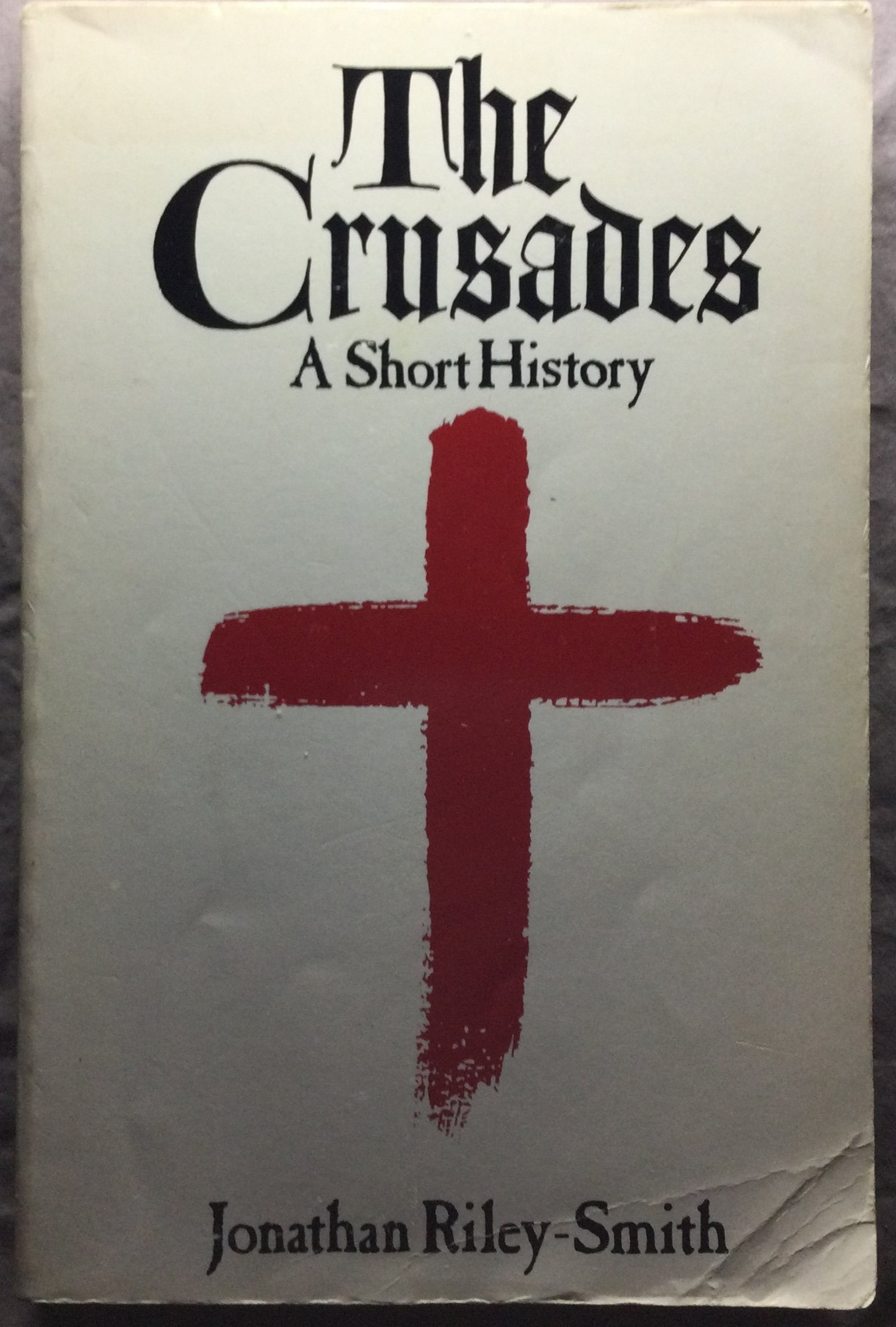 Image 1 of 1
Image 1 of 1


Of Arms and Men | A History of War, Weapons, and Aggression
Author - Robert L. O'Connell,Senior Analyst Robert L O'Connell
Year published - 1989
Published by - Oxford University Press
Book Format - Hard Cover
Genre - Weapons, Equipment and Vehicles
Summary
At the battle of Agincourt, over six thousand noblemen--the flower of French knighthood--died in a day-long series of futile charges against a small band of English archers. They charged not simply because they failed to recognize the power of the longbow, but because their whole ethos revolved round an idealized figure of the knight that dated back to Homer: the man of great physical strength and valor, who excelled at hand-to-hand combat with men of equal worth. The bow was an affront to this ideal. As Robert L. O'Connell points out in this vividly written history of weapons in Western culture, the battle of Agincourt typifies the complex and often paradoxical relationship between men and arms. In a sweeping narrative that ranges from prehistorc times to the Nuclear Age, O'Connell demonstrates how social and economic conditions determine the types of weapons and the tactics employed in warfare and how in turn innovations in weapons technology often undercut social values. He reveals, for instance, how the Church outlawed the use of crossbows--except against muslims--to preserve the status quo of the medieval world; how the invention of the gun required a redefinition of courage from aggressive ferocity to calmness under fire; and how the machine gun in World War I so overthrew traditional notions of combat that Lord Kitchener exclaimed, "This isn't war!" Indeed, as O'Connell points out, the technology unleashed in the Great War radically changed our perception of ourselves: weapons had made human qualities almost irrelevant in combat. And with the invention of the atomic bomb, humanity itself became subservient to the weapons they had produced. While its emphasis is historical, Of Arms and Men also draws on such disciplines as biology, psychology, anthropology, sociology, and literature to illuminate the course of arms. O'Connell integrates the evolution of politics, weapons, strategy, and tactics into a coherent narrative, one spiced with striking portraits of men in combat and brilliant insight into why men go to war.
Notes -
Author - Robert L. O'Connell,Senior Analyst Robert L O'Connell
Year published - 1989
Published by - Oxford University Press
Book Format - Hard Cover
Genre - Weapons, Equipment and Vehicles
Summary
At the battle of Agincourt, over six thousand noblemen--the flower of French knighthood--died in a day-long series of futile charges against a small band of English archers. They charged not simply because they failed to recognize the power of the longbow, but because their whole ethos revolved round an idealized figure of the knight that dated back to Homer: the man of great physical strength and valor, who excelled at hand-to-hand combat with men of equal worth. The bow was an affront to this ideal. As Robert L. O'Connell points out in this vividly written history of weapons in Western culture, the battle of Agincourt typifies the complex and often paradoxical relationship between men and arms. In a sweeping narrative that ranges from prehistorc times to the Nuclear Age, O'Connell demonstrates how social and economic conditions determine the types of weapons and the tactics employed in warfare and how in turn innovations in weapons technology often undercut social values. He reveals, for instance, how the Church outlawed the use of crossbows--except against muslims--to preserve the status quo of the medieval world; how the invention of the gun required a redefinition of courage from aggressive ferocity to calmness under fire; and how the machine gun in World War I so overthrew traditional notions of combat that Lord Kitchener exclaimed, "This isn't war!" Indeed, as O'Connell points out, the technology unleashed in the Great War radically changed our perception of ourselves: weapons had made human qualities almost irrelevant in combat. And with the invention of the atomic bomb, humanity itself became subservient to the weapons they had produced. While its emphasis is historical, Of Arms and Men also draws on such disciplines as biology, psychology, anthropology, sociology, and literature to illuminate the course of arms. O'Connell integrates the evolution of politics, weapons, strategy, and tactics into a coherent narrative, one spiced with striking portraits of men in combat and brilliant insight into why men go to war.
Notes -




